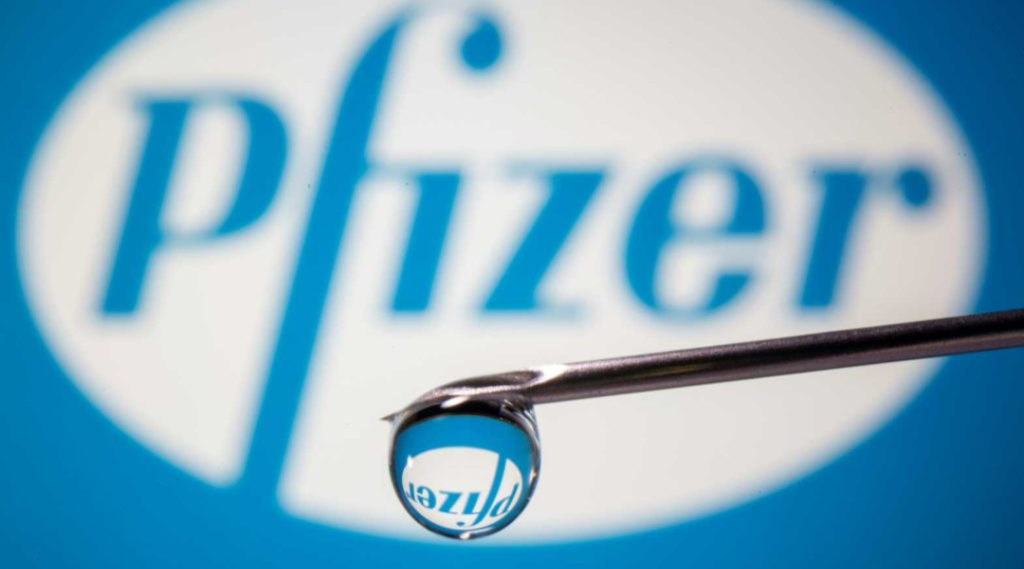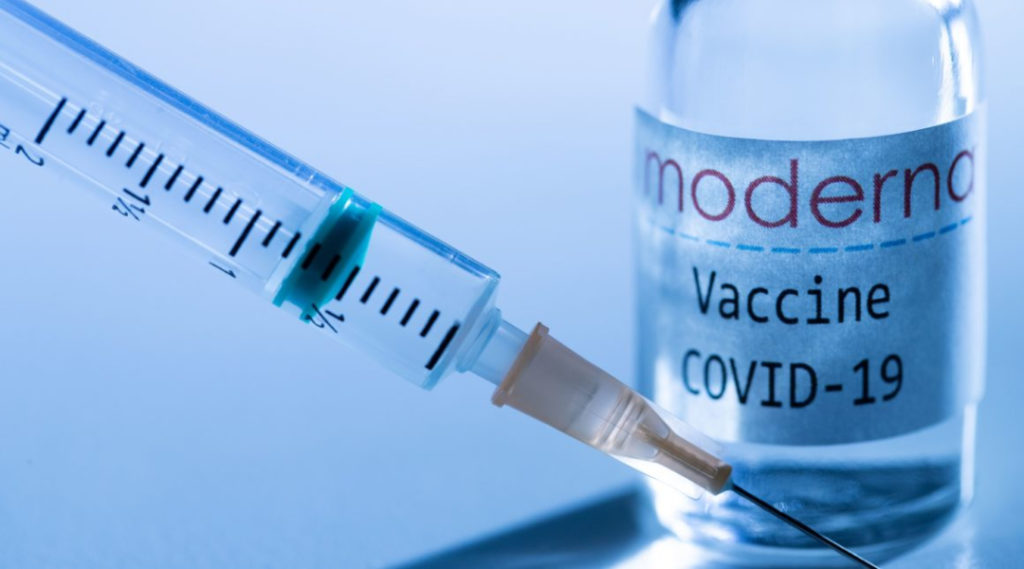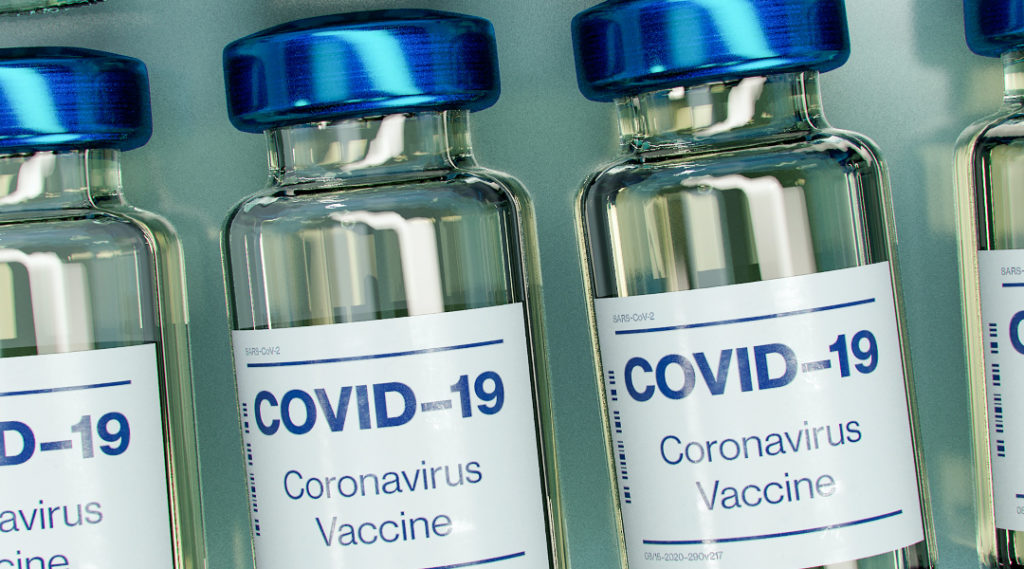Almost a year into the pandemic and we might be getting close to curing COVID-19 with these promising vaccines.
In the early days of the novel coronavirus outbreak, governments, research companies, and pharmaceuticals have been scrambling to find or develop the cure for COVID-19 at a pace considerably faster than normal. (But then again, what is normal these days?) In the United States, the White House even delegated a task force back in May called Operation Warp Speed, to research and develop a treatment for the coronavirus. Months later, we finally receive hopeful news from two pharmaceutical giants. Both from the US, Pfizer and the biotech firm, Moderna, recently claim their vaccines have proven almost 95% efficacy in tests without any serious safety concerns. How true is this? Are both vaccines our legitimate solutions to finally curing COVID-19? Is the end of the pandemic now in sight?
RELATED READS: The Cure: How Long Before We Develop A Vaccine Against COVID-19?

Right on track
Together with German biotech firm BioNTech, Pfizer developed the BNT162b2 vaccine. With 43,538 volunteers, 94 confirmed COVID-19 cases were first evaluated. Half of the number of participants received a placebo or a dummy shot while the other half received the dosage of the vaccine. The second dose came in after 21 days, and results indicated more people who received the placebo came down with COVID-19. However, those vaccinated with a subsequent boost proved a 95% efficacy, a week later when Pfizer first reported a 90% efficacy.
As for Moderna, they tested the research of their candidate vaccine mRNA-1273 to 30,000 volunteers. 95 people who received the placebo came down with COVID-19 with 11 developed severe cases. As for long-term effects, both firms claim it is impossible to claim for now. Nevertheless, for the vaccinated, the company claims a 94.5% effectiveness. This means 9 out of 10 people will finally be immune to SARS-CoV-2.
Both candidate vaccines carry mild side effects. These can range from fatigue, aching muscles, headache, to pain at the injection site. According to Pfizer, these turn fewer and milder for the elderly group of volunteers. Nevertheless, the efficacy of the vaccines instills a semblance of hope that we can now be protected against exposure to the virus.

Injecting safety
Now that Moderna and Pfizer are in Phase 3 of their clinical trials, what comes after is securing a safety milestone. The vaccinated volunteers must wait at least two months after their second shot to be proven safe. Furthermore, both companies must get authorization from the U.S. Food and Drug Administration. FDA claims vaccines must be at least 50% effective while the World Health Organization (WHO) is strict with having 70% efficacy across the entire population to be approved. Pfizer is closer to achieving this challenge while Moderna is taking longer due to the speed of their tests and analysis.
Once done, Pfizer targets to produce 50 million doses this year and hopefully, 1.3 billion in 2021. On the other hand, Moderna aims to produce 20 million doses this year and almost 1 billion next year.

The waiting period
Although scientists claim both candidate vaccines seem promising, it will still take time for the general public to get access to them. After all, third-party scientists and experts must conduct independent studies on the vaccines first. This will be tedious, but of course, they must secure the overall safety of the possible cure before rolling out to billions of people across the world.
Beyond safety, logistics hurdles exist as governments from around the planet have to secure access to the vaccines. Besides, certain vaccines are unstable under a tropical climate or in a developing country. However, it is also good to note Moderna and Pfizer are not the only companies with existing research and studies. As of writing, 67 coronavirus vaccines are under clinical trials, joining the race to develop an effective cure against COVID-19.
With all these studies and reports, we couldn’t help but remain hopeful that we will develop a COVID-19 vaccine. The cruelty of the pandemic continues to take a toll on us that receiving such good news is allowing us to have faith and be patient as we may be now seeing the end of the pandemic.





